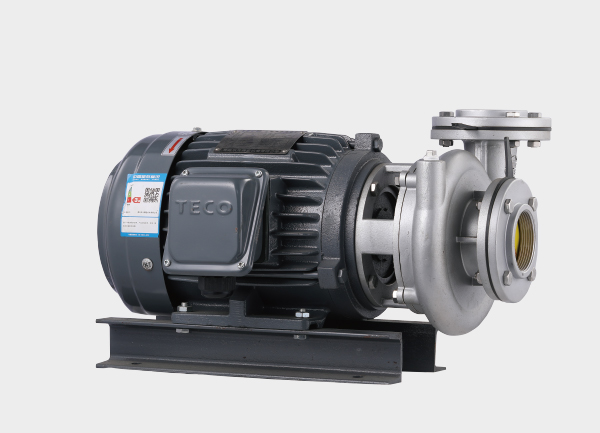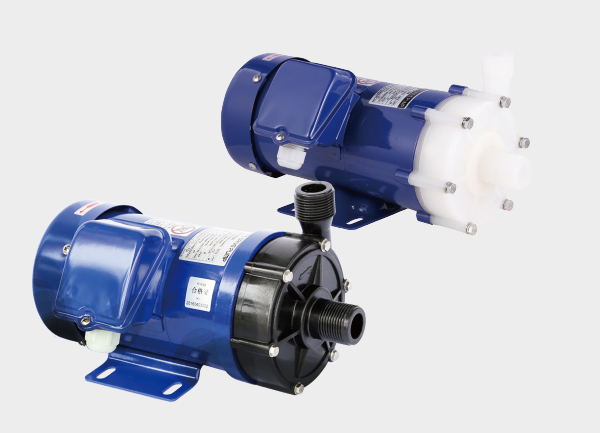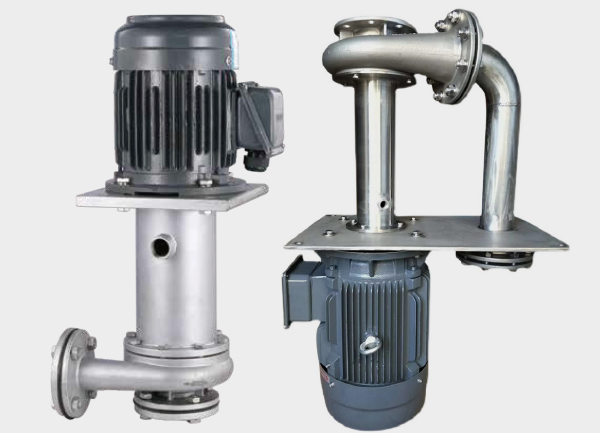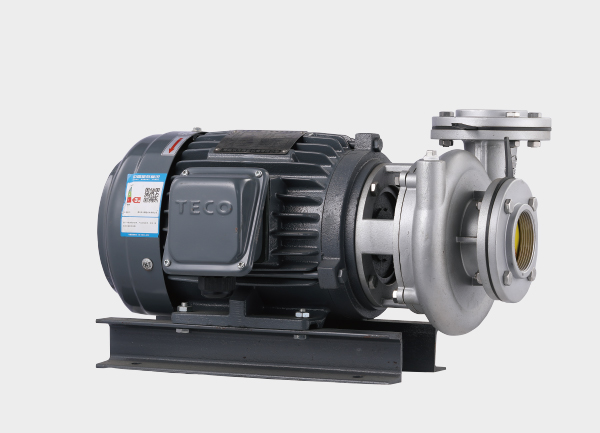Comprehensive Maintenance, Inspection, and Storage Practices
Proper maintenance is the key to extending the service life of a magnetic drive pump, ensuring stable operation, and reducing the risk of equipment failure. This guide provides a complete maintenance framework covering daily inspection, periodic servicing, troubleshooting, and long-term storage.
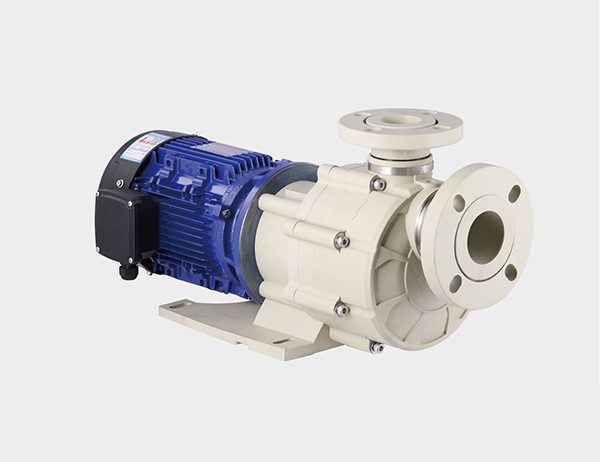
1. Daily Maintenance (Performed Daily / Weekly)
Appearance and Operating Condition Check
Visual Inspection:
Check the pump body and pipeline for any signs of leakage (process fluid or lubricant). Inspect flange joints and pipe connections for cracks or corrosion. Clean dust, oil stains, and residues from the pump surface to maintain a clean working environment.Monitor Operating Parameters:
Observe outlet pressure and flow rate via gauges or flow meters. Ensure both remain stable and within the rated range.
Touch the pump casing or motor housing to check temperature. The normal temperature rise should be within +40°C above ambient, and the maximum surface temperature should not exceed 80°C. If overheating occurs, shut down immediately for inspection.Listen for Abnormal Sounds:
A properly functioning magnetic pump runs smoothly with a consistent humming noise. If you hear unusual sounds such as “buzzing,” “crackling” (indicating cavitation), or “grinding,” stop the pump and diagnose the cause immediately.
Lubrication System Maintenance
Check Lubricant Level Daily:
The oil level in the bearing housing should remain between ½ and ⅔ of the oil sight gauge. If the level is low, refill with the same type of oil or grease. Avoid mixing different lubricant types.Check Lubricant Quality Weekly:
Inspect for cloudiness, discoloration, or impurities in oil. If grease has hardened or degraded, replace it. Before refilling, clean out old lubricant residues from the bearing chamber.
2. Periodic Inspection (Monthly / Quarterly / Annually)
Monthly Maintenance
Seal System Check:
Disassemble seal components (isolation sleeve, O-rings, mechanical seals if equipped). Look for aging, deformation, or wear. Replace any damaged parts.
Clean scale or deposits from the isolation sleeve; ensure it’s free of cracks or scratches to maintain magnetic coupling efficiency.Motor Inspection:
Tighten motor terminal connections and check for oxidation. Measure insulation resistance with a multimeter—it should be ≥0.5 MΩ.
Inspect the motor fan and cooling cover to ensure proper ventilation.
Quarterly Maintenance
Bearing Inspection:
Disassemble bearings and check for wear, pitting, or scratches on rolling elements and raceways. Measure bearing clearance; if it exceeds tolerance, replace bearings. Re-lubricate after reassembly.Impeller and Pump Casing Cleaning:
Remove the pump cover and impeller. Clean all passages of deposits or scale. Check the impeller for erosion, cracks, or deformation.
If damaged, replace it. Clean the inside of the pump casing, check for corrosion or wear, and apply protective coating if needed.Pipeline and Valve Inspection:
Check wall thickness of suction and discharge pipelines for corrosion or thinning.
Test valve operation (shut-off and check valves) for smoothness and tight sealing. Repair or replace any leaking valves.
Annual Maintenance
Comprehensive Overhaul:
Fully disassemble the pump and inspect the shaft, magnetic coupling (inner & outer magnets, isolation sleeve), and pump casing for corrosion or wear.
Measure shaft straightness and roundness; repair or replace if deformed.
Test magnet strength—replace the magnetic assembly if demagnetization is detected.Performance Testing:
After reassembly, perform a no-load test (10–15 minutes) to confirm smooth operation without vibration or abnormal noise.
Then conduct a load test to verify head, flow rate, and efficiency meet design specs.
Check for fluid leakage to confirm sealing integrity.Motor Servicing:
Clean dust and debris from inside the motor. Inspect and re-grease or replace worn bearings.
Measure start-up and running currents to ensure motor health.
3. Troubleshooting and Repair (Performed When Failure Occurs)
Standard Repair Procedure
Shutdown and Safety Measures:
When a fault occurs, close inlet/outlet valves and cut off power.
If handling corrosive or toxic fluids, wear protective gear (gloves, masks) and ensure containment of any leaks.Fault Diagnosis:
Identify the problem based on symptoms such as no discharge, abnormal vibration, or bearing overheating.
Use diagnostic tools (dial gauge, multimeter, stethoscope) to trace the issue systematically—from pipelines to the pump body, then to the motor.Repair or Replacement:
Clean clogged pipelines, replace worn bearings, or repair demagnetized magnetic couplings.
Always match new parts with the original specifications, and ensure alignment and clearance tolerances are correct during reassembly.Testing and Verification:
Conduct a no-load trial run first, followed by a load test to confirm normal performance.
Record all repair data, including cause, corrective actions, and replaced components.
Common Faults and Key Fixes
Fluid Leakage:
If leakage occurs due to a cracked isolation sleeve, replace it and check for magnet corrosion.
For flange leaks, replace gaskets and retighten bolts evenly.Pump Shaft Seizure:
Disassemble and check for debris stuck in the impeller or damaged bearings.
After cleaning and part replacement, manually rotate the shaft to confirm free movement before restarting.
4. Long-Term Storage Maintenance (For Idle Periods Over 1 Month)
Preparation Before Storage
Drain and Clean:
Completely drain all fluid from the pump and pipelines. For corrosive or viscous fluids, flush with clean water or neutral detergent until no residue remains.
Blow dry with compressed air to prevent corrosion.Component Protection:
Remove and clean vulnerable parts (bearings, seals), coat with anti-rust oil, and store separately.
Apply rust-preventive grease to the pump shaft, impeller, and metal surfaces.
Keep the magnetic coupling away from strong magnetic fields to prevent demagnetization.
Storage Environment Requirements
Location:
Store in a dry, ventilated indoor area, free from corrosive gases, dust, or moisture.
Avoid direct sunlight and ensure the pump rests on a flat, stable surface.Positioning:
Keep the pump horizontally placed. For long-term storage, use wooden or rubber supports under the base to avoid deformation.
Seal all pipe ends with blind flanges to prevent foreign matter ingress.
Monthly Inspection During Storage
Monitor temperature and humidity (keep humidity below 60%). Use desiccants or dehumidifiers if needed.
Check rust-preventive coatings and reapply if worn.
Manually rotate the pump shaft 1–2 times per month to prevent sticking between the shaft and bearings.
Conclusion
A magnetic drive pump’s reliability depends heavily on proactive maintenance and correct handling.
By following this guide’s daily, periodic, and storage practices, you can significantly extend pump life, maintain performance efficiency, and reduce downtime costs.



